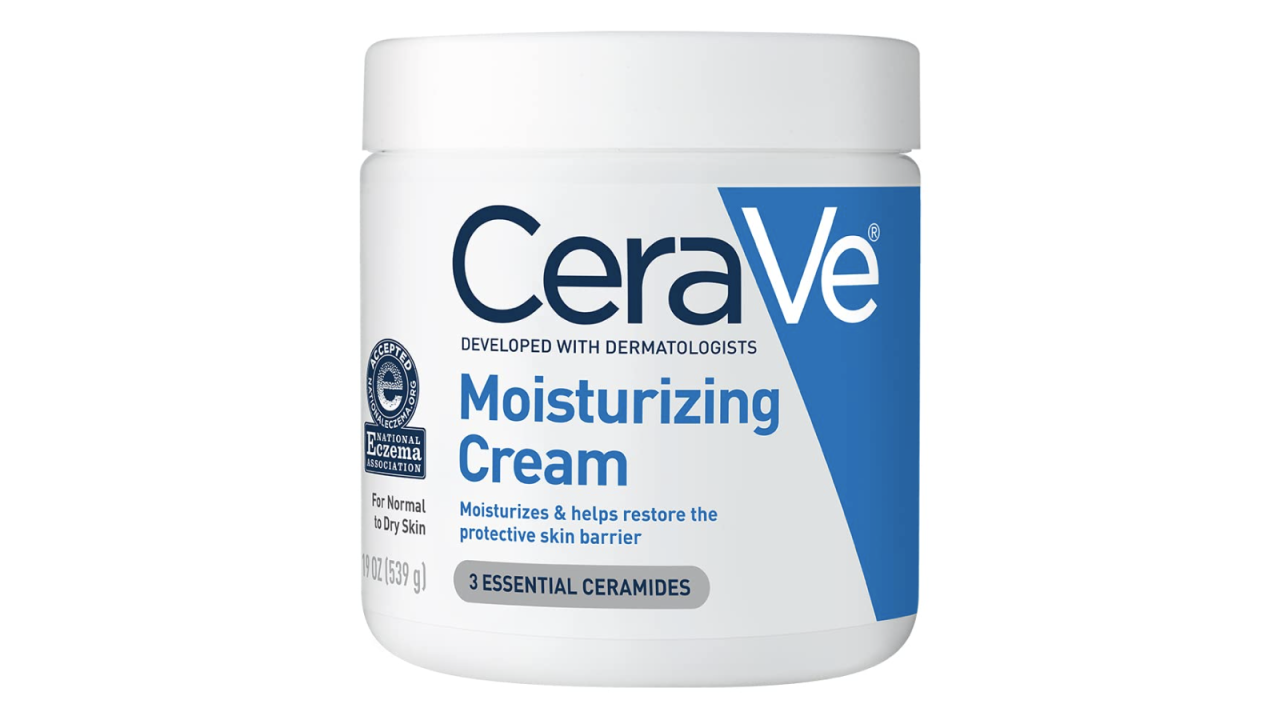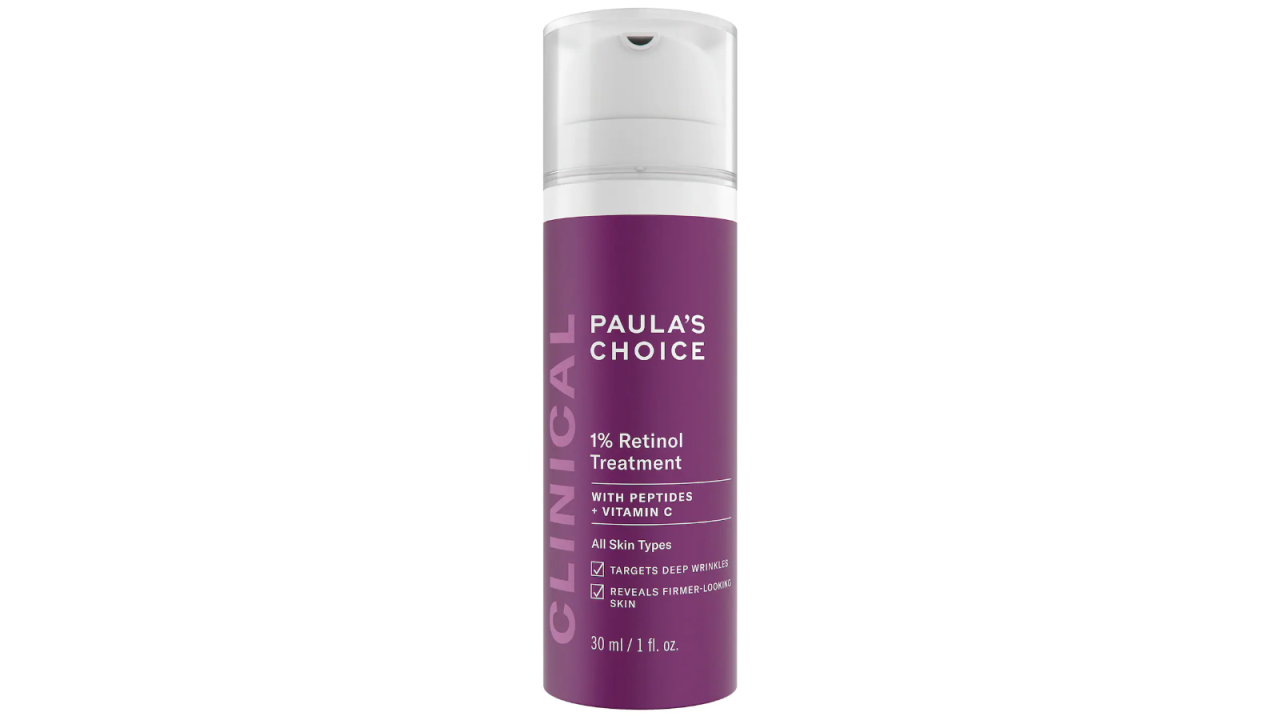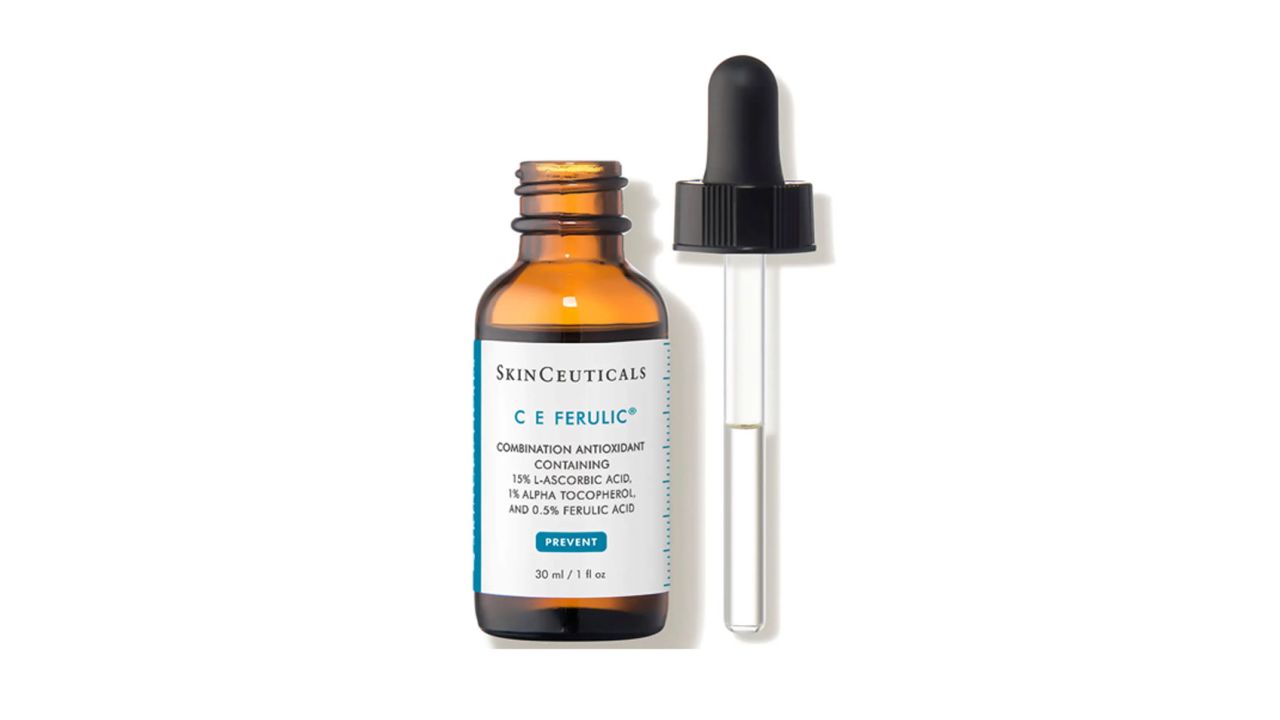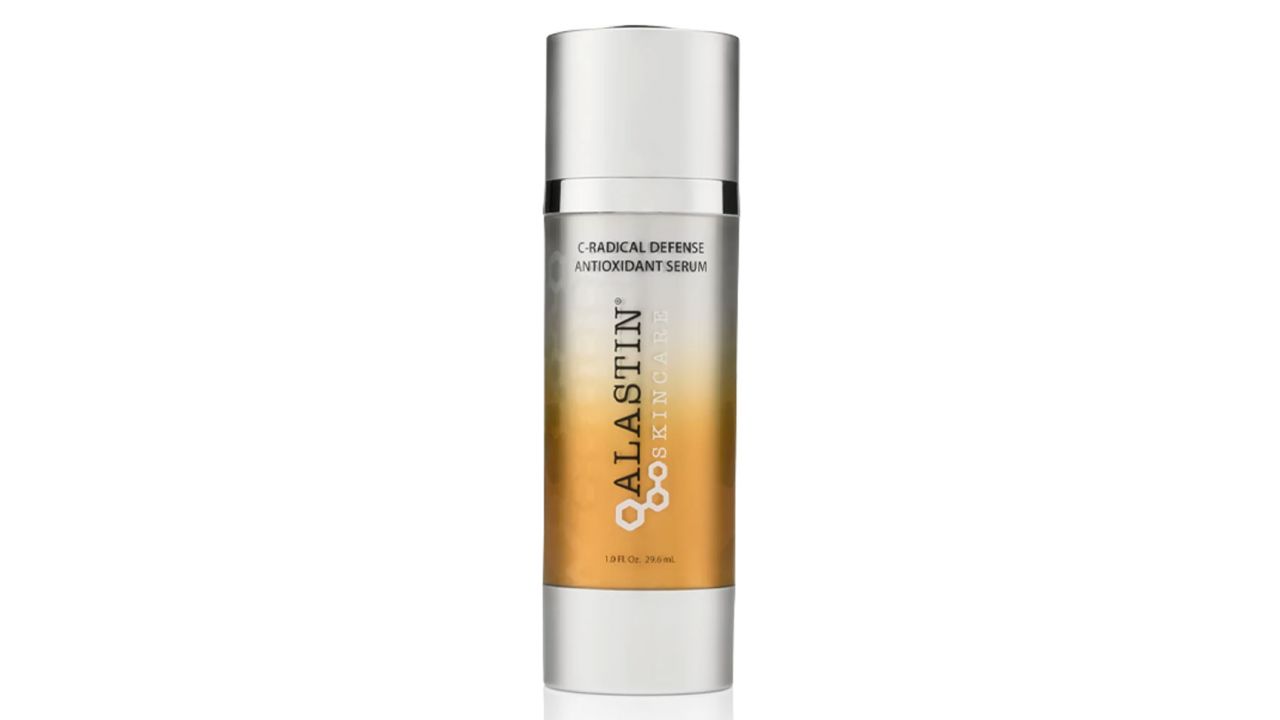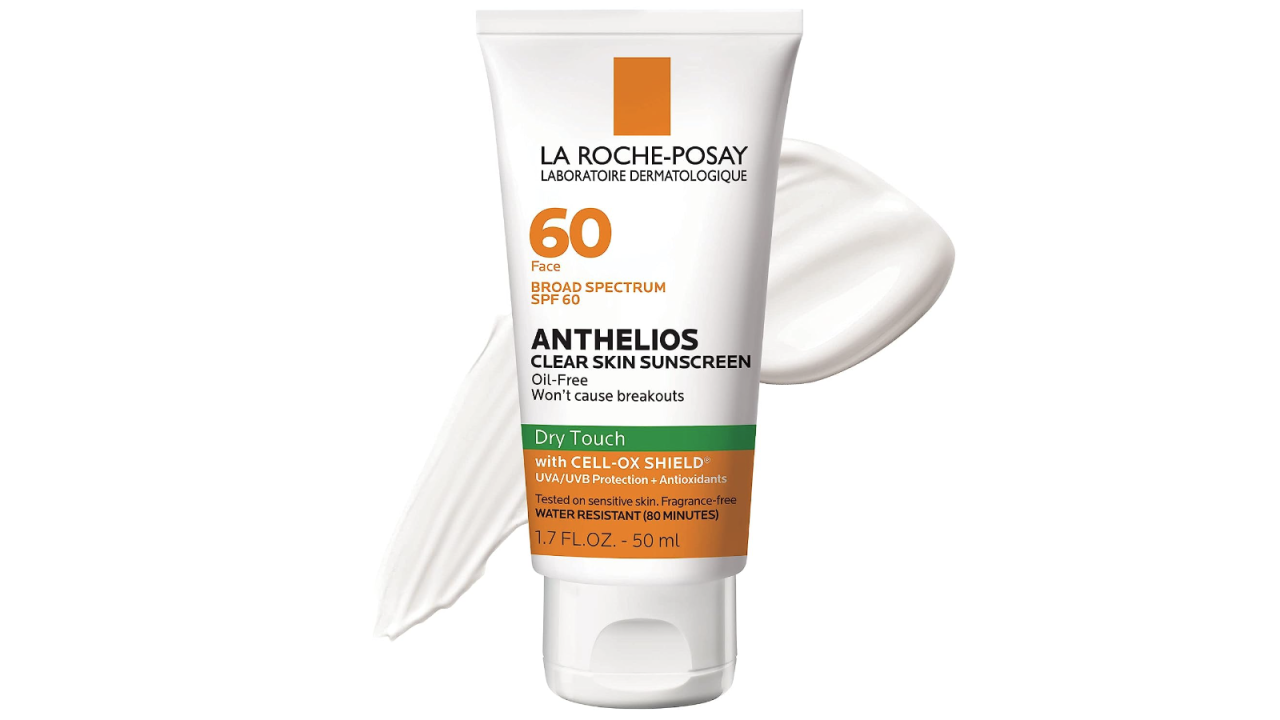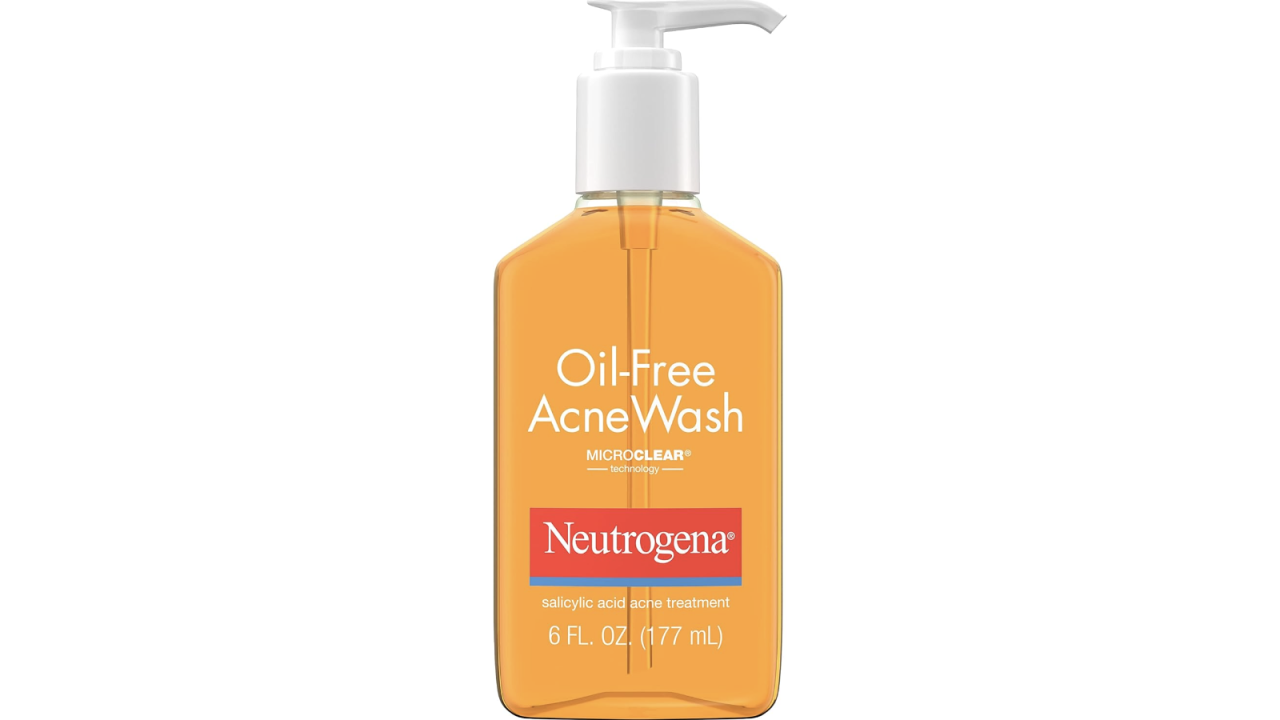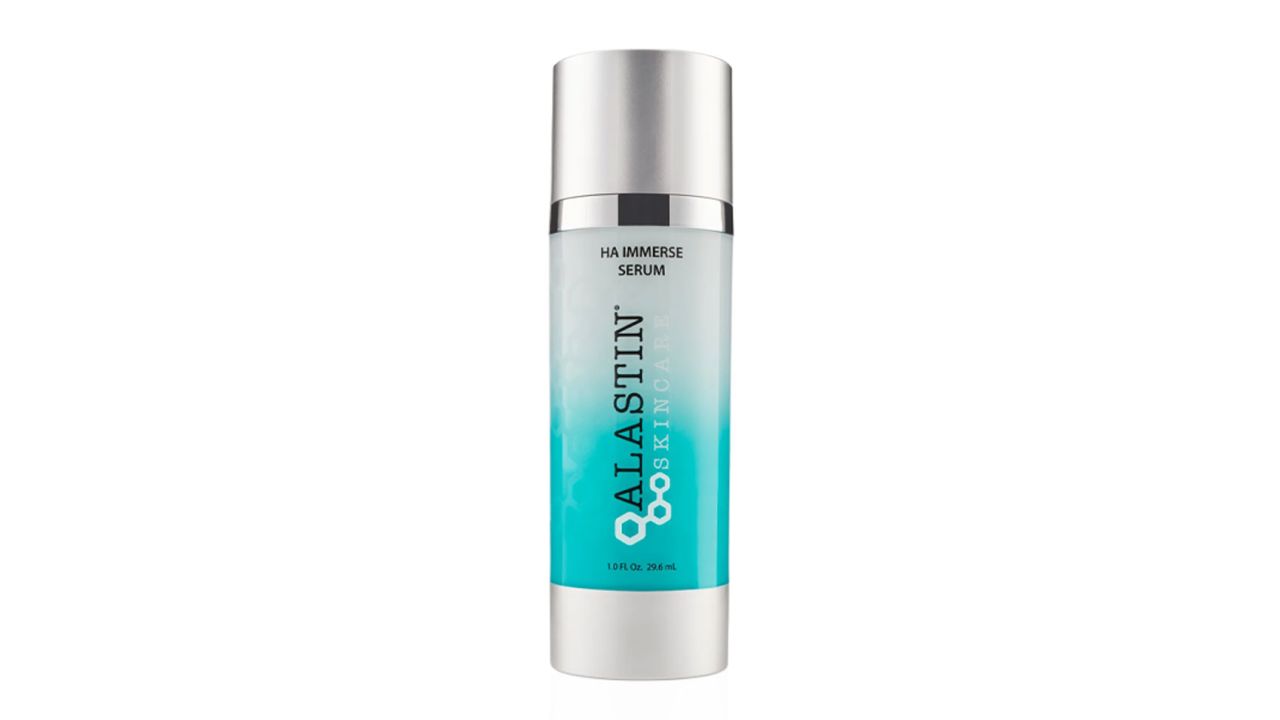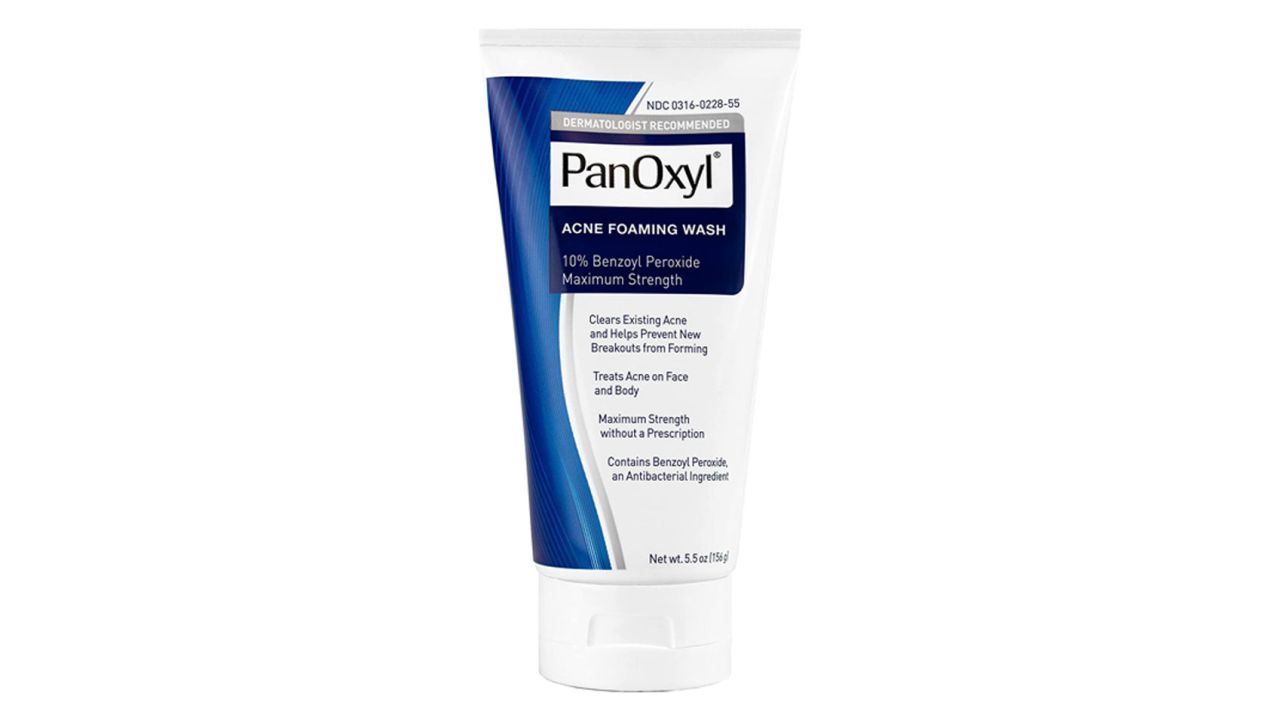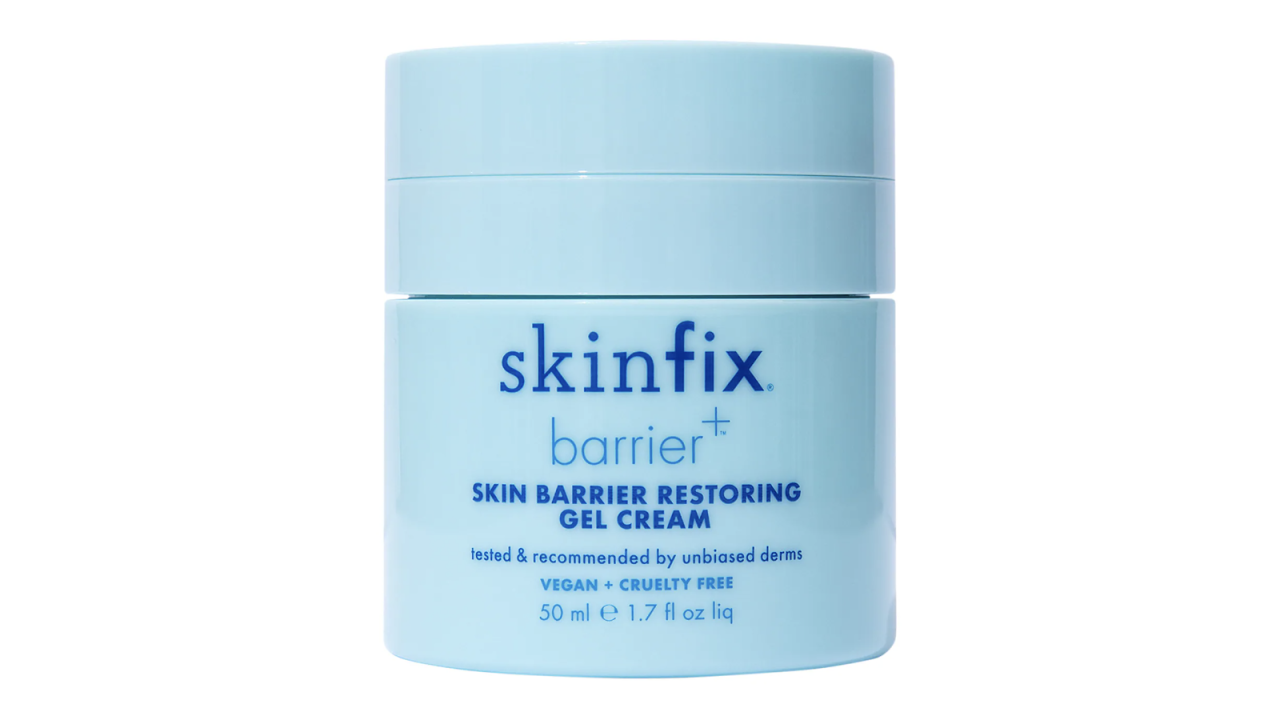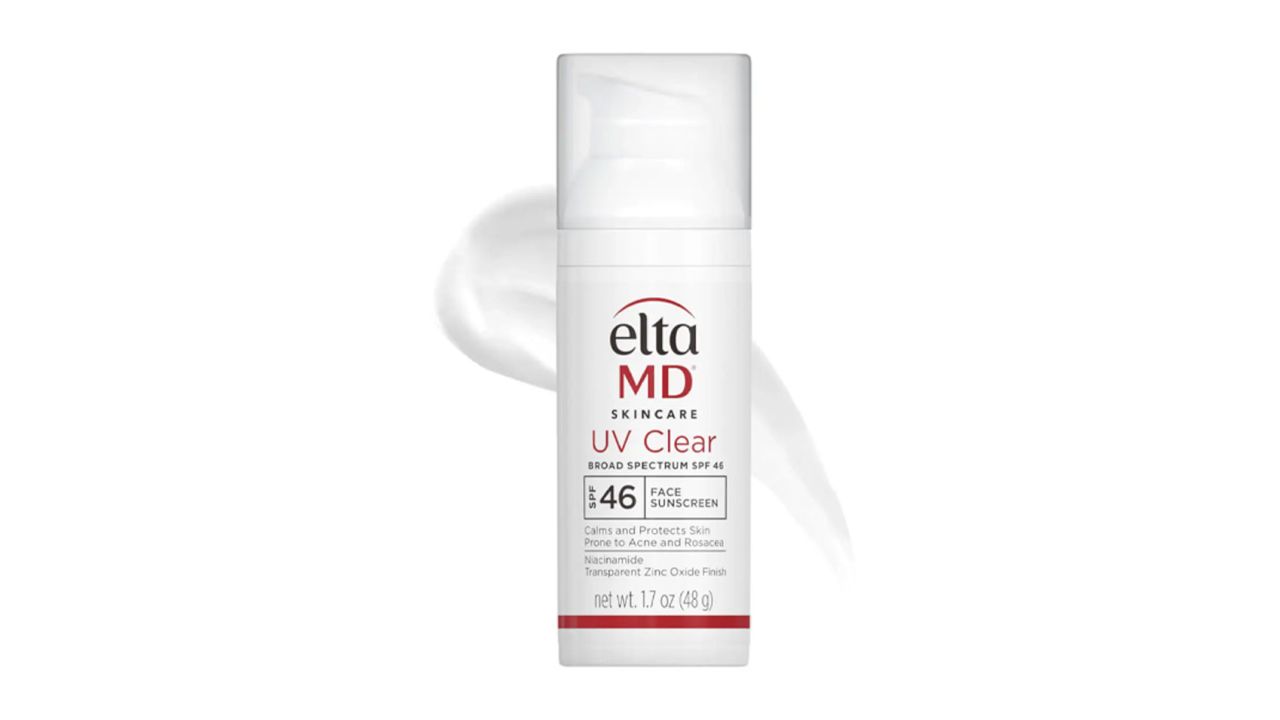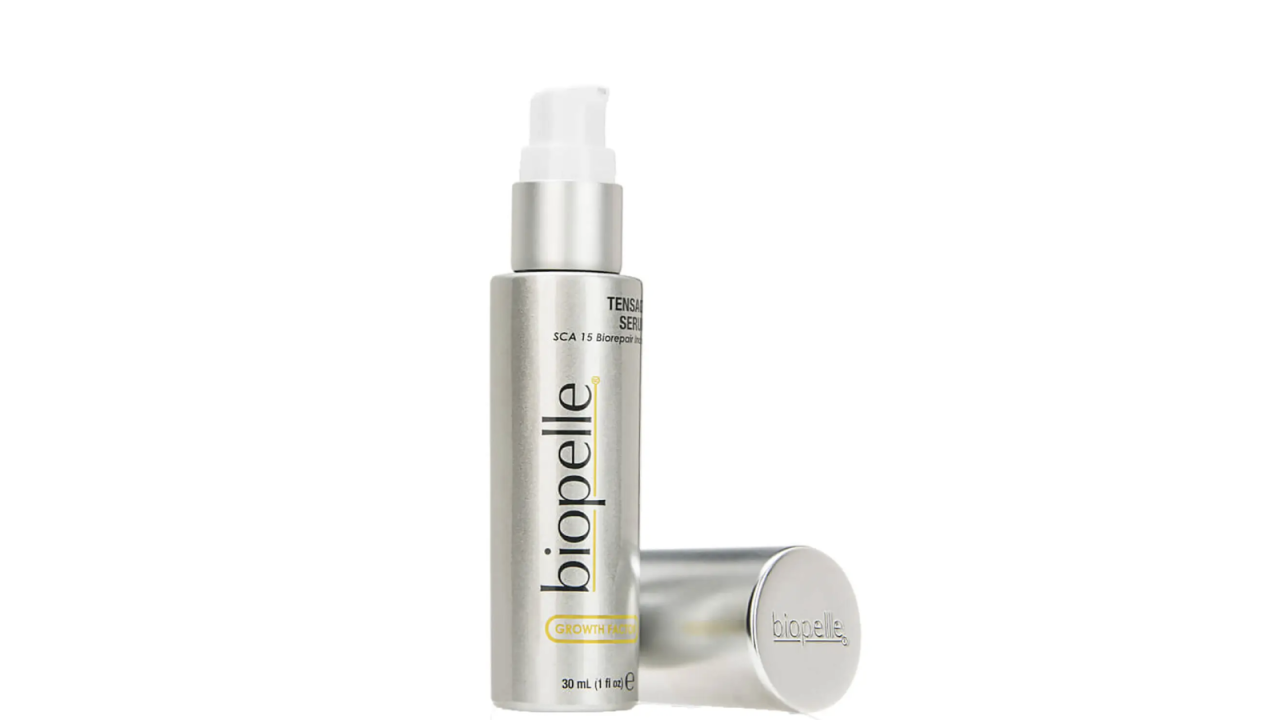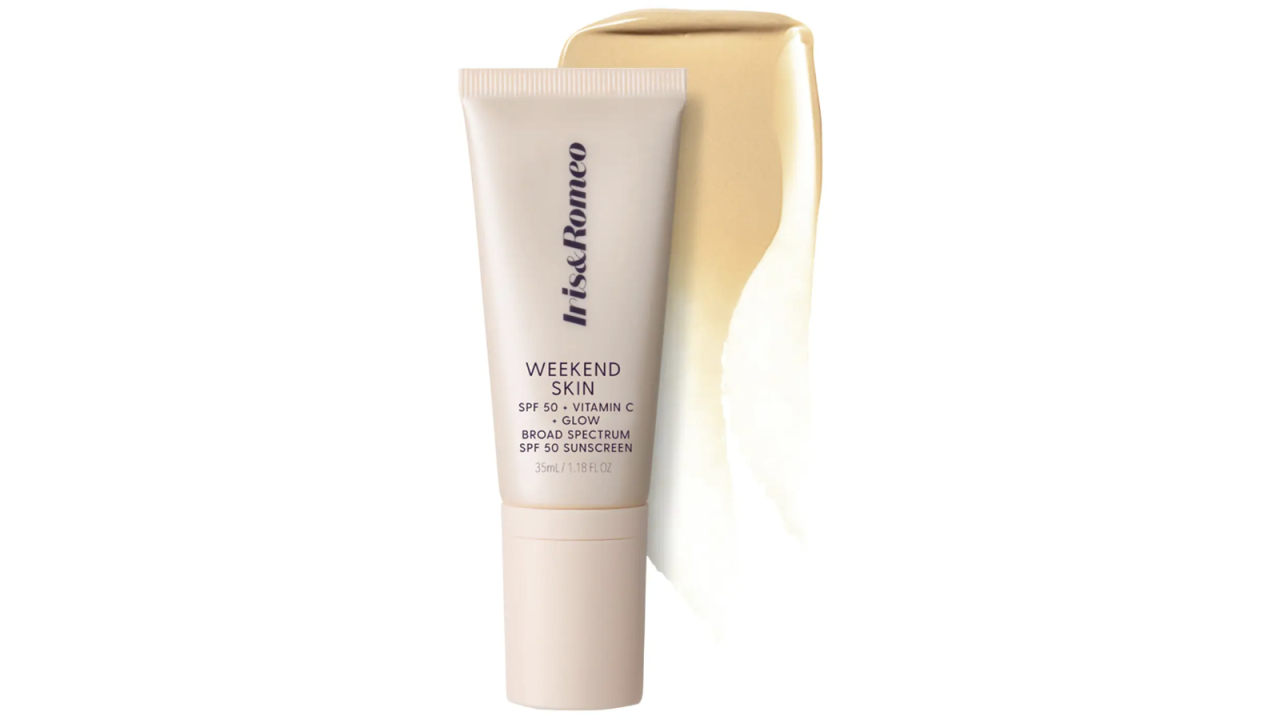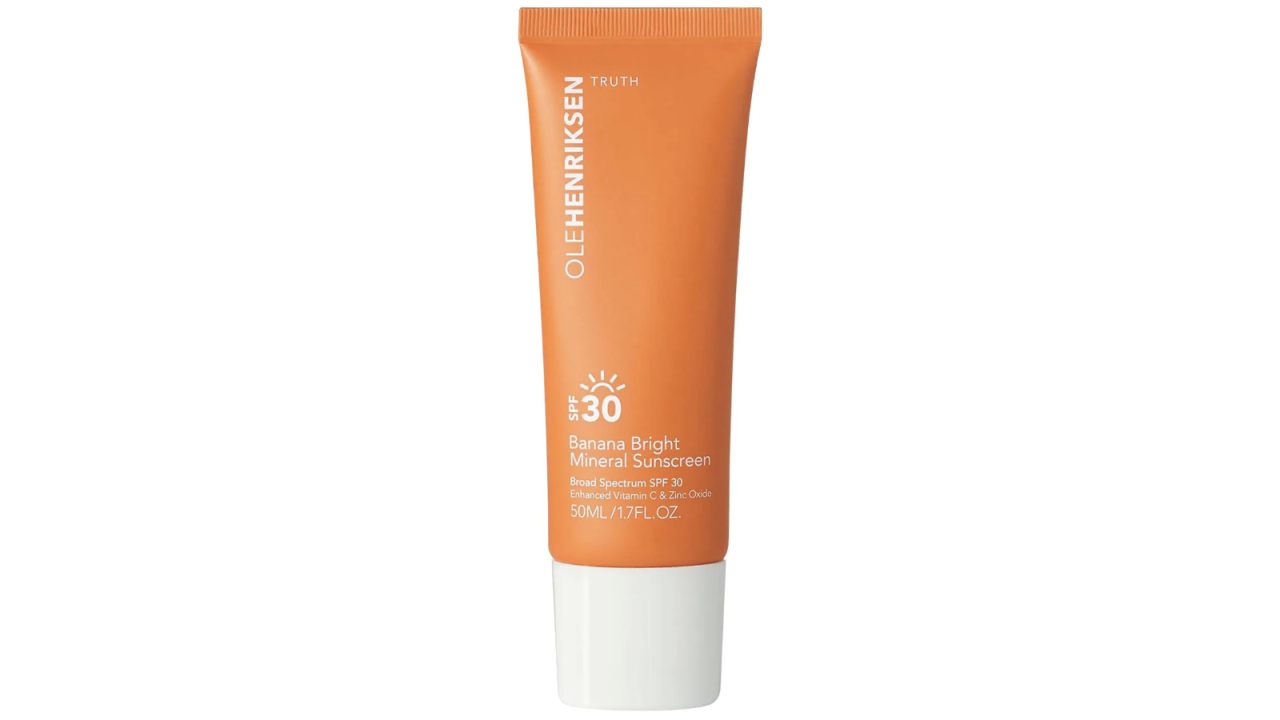Regardless of whether you purchase the finest, most expensive skin care products or simply pick up drugstore formulas that fit in your budget, the formulations won’t do your skin much good if used incorrectly. The first step in crafting a skin care routine that works for you is, of course, selecting products that are suitable for your skin type and concerns. After that, you can’t just slather everything on at once to achieve glowing, glass skin — not all ingredients can mix.
“Our skin has a delicate ecosystem, featuring a slightly acidic pH, hosting millions of organisms and working constantly to protect itself against external factors,” explains Dr. Geeta Yadav, a board-certified dermatologist and founder of Facet Dermatology in Toronto, Canada. “Using the right ingredients in the wrong way can have significant consequences, whether that’s dryness, irritation and redness or more serious damage to the skin.”
With the growing laundry list of trending skin care ingredients, keeping up with what does and doesn’t mesh well can feel very overwhelming. That’s why we put together this trusty guide to ingredient mixing with the help of three dermatologists. Ahead, learn what ingredients can and can’t be mixed with popular skin care actives. Plus, you’ll find dermatologist-backed product recommendations for seamless pairing.
Dermatologists agree that retinol is the best ingredient to combat signs of aging, including fine lines, wrinkles and dark spots. Additionally, the powerhouse active can also help improve acne. “While retinol offers many benefits to the skin, it comes with some side effects as well, particularly the risk of redness, irritation, dryness and flaking,” says Yadav.
To minimize the likelihood of the retinol uglies (aka all those annoying side effects), Yadav recommends layering “hydrators and emollients like hyaluronic acid, ceramides and plant oils to draw water into the epidermis and fortify the skin barrier.” Niacinamide and peptides are also fair game for using in tandem with retinol.
Dr. Deanne Mraz, a board-certified dermatologist and co-founder of Modern Dermatology in Westport, Connecticut, adds that it’s important to only use retinol at night because the ingredient breaks down in sunlight, making it less effective. Plus, keep in mind that retinol does increase sensitivity, meaning your skin becomes more susceptible to sun damage when using it. That’s why, even though you should apply sunscreen every day, it’s extremely important to wear sunscreen the morning after incorporating retinol into your routine.
“When starting a prescription retinoid, I’d recommend sandwiching it between two thin layers of a ceramide-rich moisturizer,” says Yadav. “Because the retinoid has to penetrate through the moisturizer, it won’t be as concentrated, helping your skin to adjust to this sensitizing ingredient while getting extra nourishment from the moisturizer.” This affordable moisturizer feels rich (but not greasy) and contains three types of ceramides and hyaluronic acid to deeply nourish, restore and protect the skin barrier. As a bonus, you can use it on your body as well as your face.
To ward off the less-than-ideal retinol side effects, Mraz says to layer a hyaluronic acid serum overtop the retinol to “soothe the skin and support healing and hydration.” With three different hyaluronic acid weights, this serum is able to better penetrate the skin to deliver long-lasting hydration.
Niacinamide is a multitasking ingredient that helps calm redness and boost hydration when paired with retinol. Philadelphia-based, board-certified dermatologist Dr. Nazanin Saedi suggests applying a niacinamide serum after retinol or using a product that incorporates both ingredients, like this powerful night cream. In this formula, “niacinamide works as an antioxidant to improve redness and can also help protect the hydration of the skin,” explains Saedi.
Mraz also recommends looking for formulations made with peptides to reinforce the skin barrier. This retinol treatment from Paula’s Choice melds a high dose of retinol with a triple-peptide blend (plus, oat, willow bark and licorice extracts), which together address the signs of aging while also strengthening the skin and reducing symptoms of sensitivity, like redness.
Because retinol increases cellular turnover it’s best to avoid using other exfoliating ingredients, like alpha hydroxy acids (AHAs) and beta hydroxy acids (BHAs), on the same day. That’s not to say you can’t incorporate both retinol and chemical exfoliants into your routine; you should just stagger usage. Try using retinol Mondays, Wednesdays and Fridays, and alternate your exfoliating serums on Tuesdays and Thursdays. The same goes for vitamin C, since it can also cause sensitivity. Stick to using your vitamin C serums in the morning and reserve your retinol treatments for the nighttime.
“These ingredients have the potential to cause irritation individually. When combined with retinol, a sensitizing ingredient, your risk of irritation is significantly heightened, as is your potential to overexfoliate the skin,” explains Yadav. “When you’ve overexfoliated, your skin barrier has been seriously compromised and your skin becomes incredibly sensitive, tender and inflamed.” If you experience any of these side effects, stop using retinol and opt for skin barrier-repairing face serums and creams until your complexion looks and feels normal again.
Mraz considers vitamin C a skin care “shining star” because of its antioxidant properties that defend against and repair oxidative skin damage (namely dark spots), wrinkling and uneven skin tone and texture. That said, the ingredient is notoriously unstable, but certain ingredient combinations can help stabilize it and enhance the positive effects.
“Pairing vitamin C with other antioxidants — especially ferulic acid — helps keep it stable while working synergistically to become more effective,” explains Yadav. “Furthermore, studies show that using vitamin C with your sunscreen helps strengthen the efficacy of your sunscreen.”
As Yadav mentioned, ferulic acid is one of the best antioxidants to use with vitamin C. This dermatologist-favorite serum combines both (plus vitamin E) into one potent formula. Long lauded as one of the best vitamin C serums on the market, it effectively protects against free radical damage, dramatically brightens skin, minimizes the look of fine lines and wrinkles and provides a touch of hydration.
Both Mraz and Saedi recommend this powerhouse vitamin C serum that includes a mix of 14 different antioxidants. “It will prevent premature aging and help maintain the youthfulness of your skin by neutralizing damaging particles,” explains Saedi.
All our experts agree that you’ll experience the best benefits from your vitamin C serum if you apply it in the morning and top it with sunscreen. “SPF actually prevents the Vitamin C from oxidizing, making it more effective,” explains Mraz. This lightweight, oil-free formula from La Roche-Posay offers a high SPF 60 and was specially made for those with oily skin, although all skin types can use it. It also happens to be one of Saedi’s favorite sunscreens.
Our experts agree that the most valuable time to use vitamin C is in your morning skin care routine due to its ability to guard against UV rays and free radical damage. Luckily, many of the ingredients you should avoid pairing with vitamin C (AHAs, BHAs and retinol) should primarily be used in the evening, so there shouldn’t be much, if any, overlap.
But what happens if you were to combine those ingredients? “When mixed with vitamin C, AHAs and BHAs can interfere with the pH levels of skin and destabilize the efficacy of the antioxidant, ultimately reducing its effectiveness,” reiterates Mraz. “If your skin is sensitive, pairing these may also cause irritation and dryness.” The same rings true for mixing vitamin C and retinol too.
What to mix with AHAs and BHAs
AHAs and BHAs are types of chemical exfoliating acids that “can help even out your skin’s tone and texture, sweep away dead skin cells and unclog pores,” says Saedi. AHAs, like glycolic, lactic and mandelic acids, are typically gentle enough to be used by all skin types (including dry), while BHAs, like salicylic acid, are stronger and better suited for those with oily and acne-prone skin; however, they can be combined to create powerful skin-smoothing and dark spot-minimizing serums.
Because these exfoliating agents dissolve dulling dead skin cells and reveal fresh new skin, they can also be sensitizing. Our experts suggest layering products made with humectants and emollients to soothe, hydrate and offset the drying effects. Yadav also mentions that niacinamide pairs exceptionally well with AHAs and BHAs. “Niacinamide delivers a lot of the same benefits of chemical exfoliators. It helps induce exfoliation, promotes cellular turnover and combats discoloration,” explains Yadav. “It also features added anti-inflammatory benefits, which is nice to combine with potentially sensitizing AHAs/BHAs.”
When incorporating AHAs and BHAs into your routine, it all comes down to thoughtful product pairings to keep your skin in balance. Yadav suggests first using an at-home chemical peel pad to exfoliate. These ones from Dr. Dennis Gross contain a potent blend of five acids that work to gently minimize the look of pores, smooth skin texture and even out tone. Simply swipe the first pad across your face, wait two minutes, then use the neutralizer wipe before continuing on with the rest of your skin care.
After your chemical pads, Yadav recommends following up with a niacinamide serum, like this one from Fresh. Along with niacinamide, the multitasking serum is also packed with hyaluronic acid, ceramides and an adaptive phytocompound tea to deeply hydrate, strengthen the moisture barrier and protect against oxidative damage.
If you have acne-prone skin, Saedi advocates for using a salicylic acid face wash (this one from Neutrogena is her top drugstore pick) followed by a noncomedogenic hyaluronic acid serum. “You don’t need to spend a ton on salicylic acid for it to be effective,” she says.
Saedi says that using this hyaluronic serum from Alastin with Neutrogena’s face wash is the “perfect combo” of high- and low-end products for an effective acne skin care routine. “Splurging on hyaluronic acid is beneficial since you’ll get higher quality and more concentrated formulations.” This serum, in particular, was crafted with sodium hyaluronate, a hyaluronic acid derivative that holds 50 times more water than regular HA.
What not to mix with AHAs and BHAs
Much like retinol and vitamin C, AHAs and BHAs can be very sensitizing. With that in mind, our experts advise using them separately. “You don’t want to risk creating a reaction by using them all at the same time,” says Yadav. Reserve your exfoliating acid products for the night time and alternate between using them and a retinol on weekdays. (M-W-F schedule for one and T-T for the other is ideal for those who have built up a tolerance to the ingredients.) If you’re new to either, try incorporating them separately one night a week. You can use your vitamin C and AHA/BHA products on the same day, just apply the former in the morning and the latter at night.
If you struggle with acne, benzoyl peroxide is one of the top dermatologist-recommend ingredients to heal and stave off future outbreaks. As with many ingredients, though, there are some skin caveats. “Benzoyl peroxide can be notoriously drying to the skin,” says Yadav. “Using humectants and emollients as well as niacinamide can help keep skin hydrated and nourished while restoring the skin barrier.”
Even though you may be tempted to skip out on moisturizer if you have acne-prone or oily skin, this can exacerbate dryness and create a vicious cycle. The key to keeping skin balanced and free from irritation after using benzoyl peroxide is applying a noncomedogenic moisturizer suitable for your skin type.
Oftentimes, benzoyl peroxide spot treatments can be too harsh, especially for those with sensitive skin. A good alternative is using a benzoyl peroxide face wash that gets rinsed off after use. This formulation from PanOxyl contains 10% of the active, the highest over-the-counter concentration available, to kill acne and effectively clear out dirt and debris from your pores.
“Niacinamide offers anti-inflammatory properties, which can help reduce the redness and swelling of blemishes,” explains Yadav, which is why looking for a moisturizer formulated with the ingredient is so beneficial. SkinFix’s lightweight, noncomedogenic formulation features niacinamide and was specially formulated for oily, acne-prone skin.
“So many of my acne patients skip sunscreen and moisturizer out of fear that it will clog their pores and worsen their breakout. However, skipping sun protection can further inflame the skin,” says Saedi. She recommends applying this SPF after a benzoyl peroxide cream. “It’s lightweight, oil-free and formulated with niacinamide to help reduce redness and strengthen the skin barrier.
Because benzoyl peroxide can cause excessive dryness, you’ll want to avoid other ingredients that can trigger the same reaction. Steer clear of retinol, AHAs and other BHAs. “Pairing these ingredients together will likely cause irritation and can trigger the skin to produce even more sebum, ultimately worsening your acne,” warns Mraz.
Though it may be tempting to use multiple acne-fighting actives, Saedi says to remember that slow and steady wins the race: “Acne doesn’t clear up overnight. It takes time and consistency to see results.”
There’s good news about niacinamide: It meshes well with just about every skin care ingredient. “Niacinamide boosts hydration and overall skin resiliency, and because of these properties, it pairs well with all actives,” explains Mraz. “It boasts anti-inflammatory and calming benefits that make it a great companion to irritating and exfoliating ingredients like retinol, AHAs and BHAs. Additionally, it is excellent at soothing and supporting the skin barrier, which plays a critical role in skin health and hydration.”
“Instead of buying more products, pick a product or two that have the right blend of ingredients for your skin,” advises Saedi. “For anti-aging, I like snail mucin, which became more popular in 2023 and I think is here to stay in 2024. This serum has both niacinamide and snail mucin, as well as vitamins C and E. It’s a great combo that can help brighten the skin, reduce inflammation and improve signs of aging.”
For a more moderately priced multitasker, opt for this renewing night cream. Niacinamide may be the hero ingredient, but it also contains bakuchiol, a natural compound that mimics the benefits of retinol without the irritation, and a hyaluroset complex, a botanical alternative to hyaluronic acid that plumps and nourishes the skin.
Read our review
It’s A-okay to use niacinamide with any other ingredient. However, if you have sensitive skin you may want to use caution when pairing niacinamide with exfoliating acids, as Saedi warns that the combination can potentially be irritating.
This goes without saying, but SPF should be nonnegotiable in your skin care routine. It is the number one thing that can protect against the sun’s harmful rays. However, pairing it with one ingredient in particular can increase its efficacy. “Clinical studies show that using vitamin C in conjunction with SPF makes the sunscreen even more effective, providing more defense against sun damage and free radicals,” explains Yadav.
With that in mind, you can either apply SPF over top of your vitamin C serum, or you use sunscreen formulated with vitamin C for an easy one-and-done step.
If you’ve ever wished to maintain that golden-hour glow at all hours of the day, this sunscreen will become a necessity in your cosmetics bag. Made with time-released vitamin C and niacinamide, this tinted SPF 50 leaves zero white cast and makes skin look naturally radiant. Since discovering it, I’ve ditched all face makeup … and started receiving weekly compliments on my complexion from friends and family.
For those who prefer to keep things matte, this vitamin C and niacinamide-infused SPF may be better suited for you. It features a lightweight, creamy texture that melts into skin and leaves behind a soft matte finish. Plus, the naturally derived citrus scent adds an energizing zing to the application.
There aren’t any specific skin care ingredients to avoid while using SPF, but our experts urge you not to mix your sunscreen with foundation. “If you mix your sunscreen with foundation, you will be diluting [the sunscreen], and it is not likely to be nearly as effective, putting you at risk for skin damage,” explains Yadav. With that in mind, apply a solid layer of sunscreen before starting your makeup. If you’re worried about pilling, allow for ample time (about 15 to 20 minutes) for the SPF to sink into your skin before starting on your makeup.
